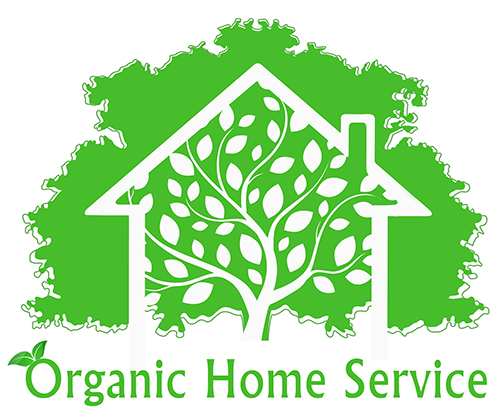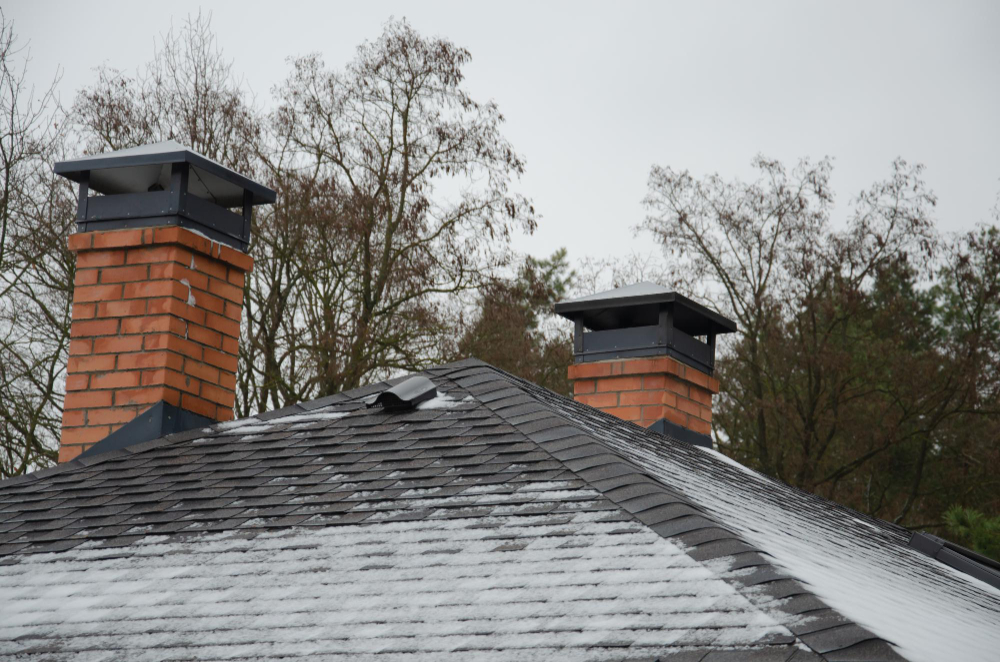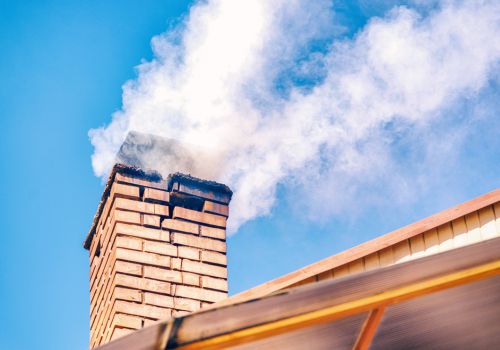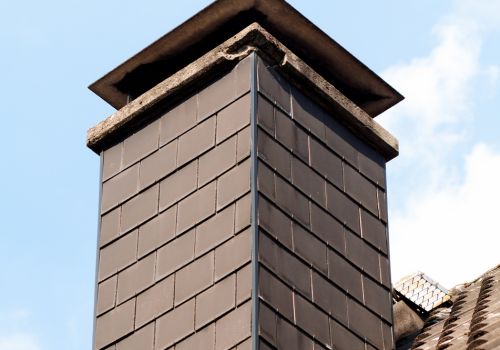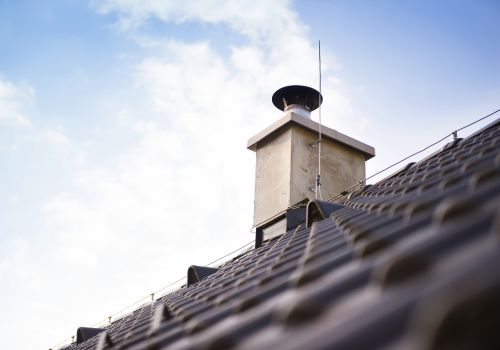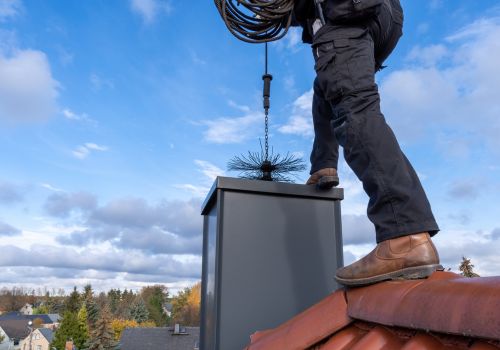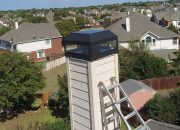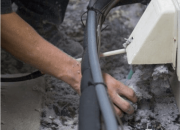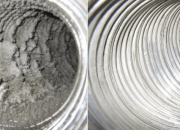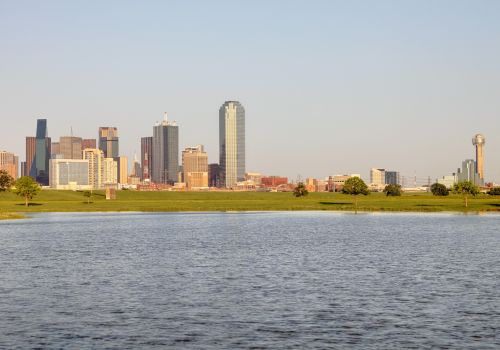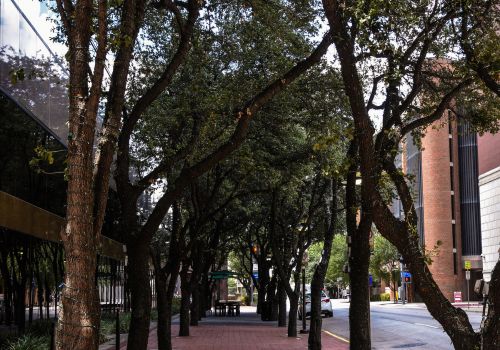Air ducts can become contaminated with a variety of biological and chemical pollutants, including fungi, bacteria and mold. There are several ways to know if your air ducts are contaminated. Identify any possible health problems, assess the risk of contamination and determine whether you want to fix it yourself or hire a professional.
What happens is that these contaminants start to grow and reproduce and generate foul odors, which spread throughout the room they are in as well as over its neighboring rooms. When this happens, it is important to find out why there’s contamination in your air ducts. For example, there could be an issue with how your ventilation system works or another source of contamination. If you suspect that your air ducts are contaminated, here are ten simple things you could do to make sure.
1. Check for leaks.
The number one cause of air duct contamination is leakage. The fan blades of the ventilation system are sealed with gaskets, however, these gaskets often get worn out. If there is a hole in the gasket, replace it immediately because the ventilation system will start to leak toxic particles into the room where it is located.
2. Check for mold growths.
Another very common reason why air ducts become contaminated is due to mold growing inside them. Mold can grow on clothes and linens stored in an enclosed space without enough ventilation. It can also grow if you live in a humid climate or if you use humidifiers indoors (which produce water vapor). High moisture levels can also often be due to several problems related to the HVAC system itself–such as poor ventilation, malfunctioning filtration systems, etc.
Check the fan blades of the ventilation system for any signs of mold growth; otherwise, small children, elderly people and those with respiratory diseases will be at risk of infection. Look for mold growth on the vents, too.
3. Inspect the filter.
Sometimes the filter of your ventilation system may become contaminated without you even realizing it. After all, there are so many tiny mold spores in the air that they can contaminate your filter just by floating through it accidentally. You’ll want to buy a new air filter if you find that there are any mold spores present on it. Replace the filter every two months to keep the air in your home as clean as possible.
4. Look for visible dirt or dust on the fan blades.
If you notice either dirt or dust on the fan blades, it means there must be some excessive dirt inside your vents that cannot be washed away with water alone (only chemicals). Contact a professional to thoroughly clean out all excess debris from both inside and outside of the fan blades to prevent any possible mold growth.
5. Look for visible damage on the vents themselves.
Cracks and rips on the vents provide an opening for contaminants to enter your home, which can lead to both mold growth and even structural damage over time. Contact a professional immediately if you notice any signs of this to prevent further damage from being done before the mold is detected and there’s still time to fix it.
6. Check if your home heating or cooling system is running properly.
Typically, when there are problems with the air ducts in your house, this will have some impact on how well your HVAC system operates. For example, if there’s a mold problem within one of the ducts, then chances are good that you won’t be able to pressurize it very easily, which would prevent cool or warm air from being delivered into that part of the home. Or perhaps there’s an obstruction somewhere along the line, preventing it from being moldy at all, which would also cause problems with delivering these kinds of services.
Concretely, if your vents are hot when they shouldn’t be or cold when they should be warm, call an HVAC technician right away.
7. Notice any odors coming from the vents.
If noticeable odors are coming from the vents in your house, it’s another clear indication that there’s a problem with your air ducts. This is particularly true if you smell mold or mildew of any kind because these kinds of smells typically indicate that moisture has built up somewhere within the system, causing them to smell this way. Furthermore, if there are pets or smokers inside your home who have their distinct scent attached to them, then chances are pretty high that you’re going to notice that scent coming from the vents as well.
8. Inspect any insulation around the ductwork for visible signs of damage.
If the insulation is compacted or crushed, it may indicate that there’s an obstruction in your air ducts. If the insulating material appears to be discolored or damp, this may also be a sign of damage and could lead to mold growth.
9. Check for pests in your unit.
Look out for signs of rodent infestation, such as droppings inside the unit or under it. Rodents can squeeze through tight spaces and get into your ductwork. Their droppings are typically small, cylindrical pellets with one end that tapers off being slightly narrower than the rest of it. These are often grainy in texture, making them easier to spot against surrounding insulation where they’re likely to land when they fall from above. You should also check if there are chew marks on ducts or insulation, especially near your furnace.
10. Get a professional inspection.
If you believe your unit is contaminated, it’s best to hire a company that does duct cleaning and HVAC inspections. They will conduct an accurate inspection and let you know if any problems need immediate attention. Be sure to choose a service that uses non-toxic, eco-friendly products with no chemicals or harsh irritants.
A company can also review the air duct cleaning checklist you’ve compiled and carefully check all the steps you’ve taken along the way. With their expertise, they will let you know if any possible mistakes were made during the cleaning process that may leave your system vulnerable in the future.
